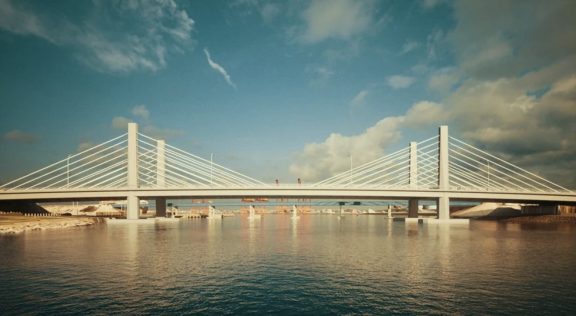
New Plans for the Fremantle Traffic Bridge: the good and what could be better.
16 November 2023
After 15 months of silence and $60 million on drawings and plans alone, today we finally got a first look at the WA Government’s new approach to the Fremantle traffic bridge.
Gone is the damaging and unworkable Canning Hwy underpass and utilitarian bridge, and in its place is the potentially iconic bridge that the Fremantle community has calling for over the last decade.
It is great to see that community pressure has had a win, reversing the damaging and frankly unworkable options that Mainroads WA had previously wanted to foist on Fremantle. Well done to everyone involved in pushing for this far better option.
While it is better there are some remaining concerns including the complete loss of the state heritage-listed timber bridge and the closure of the crossing for a year.
These could both be addressed if the new bridge was moved slightly to the West. This move West can now more easily happen because the dedicated freight rail line has been removed from this stage of the project.
Main Roads have previously told the City of Fremantle that closing the old bridge for an extended period will have a serious and detrimental impact on the road network – and I would add on Fremantle CBD too. Keeping at least one lane in each direction would be a more sensible outcome.
The other advantage of moving the new bridge slightly West is that it will still enable a bigger forecourt for the Navy Store, which was one of the few good parts of the earlier plan.
There is meant to be a place for the community to have their say via the Department of Planning, Lands and Heritage consultation hub but it is not up yet so watch this space: WA DPLH – Citizen Space
With one more tweak, we could finally have the outcome we have all been calling for.
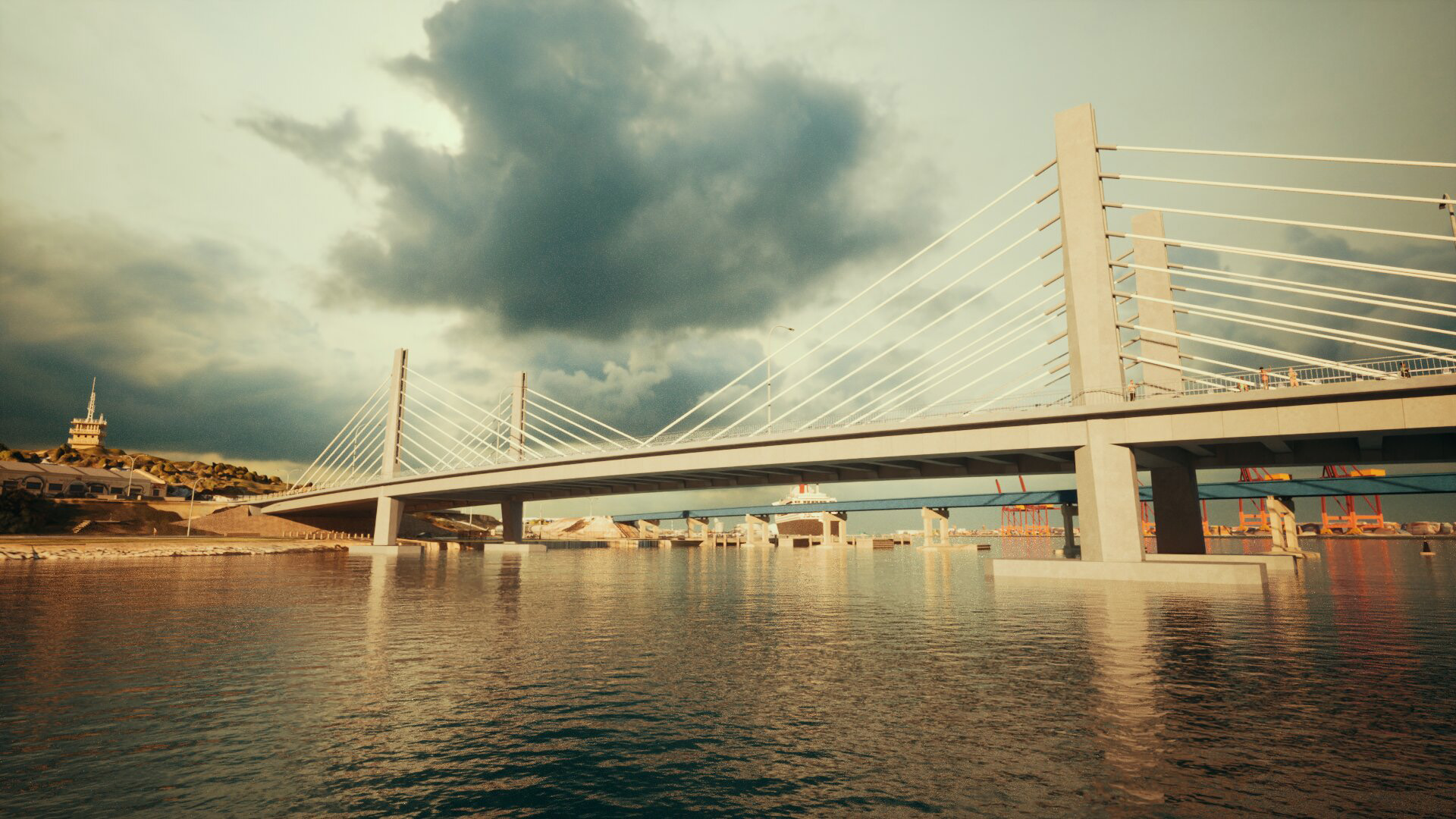
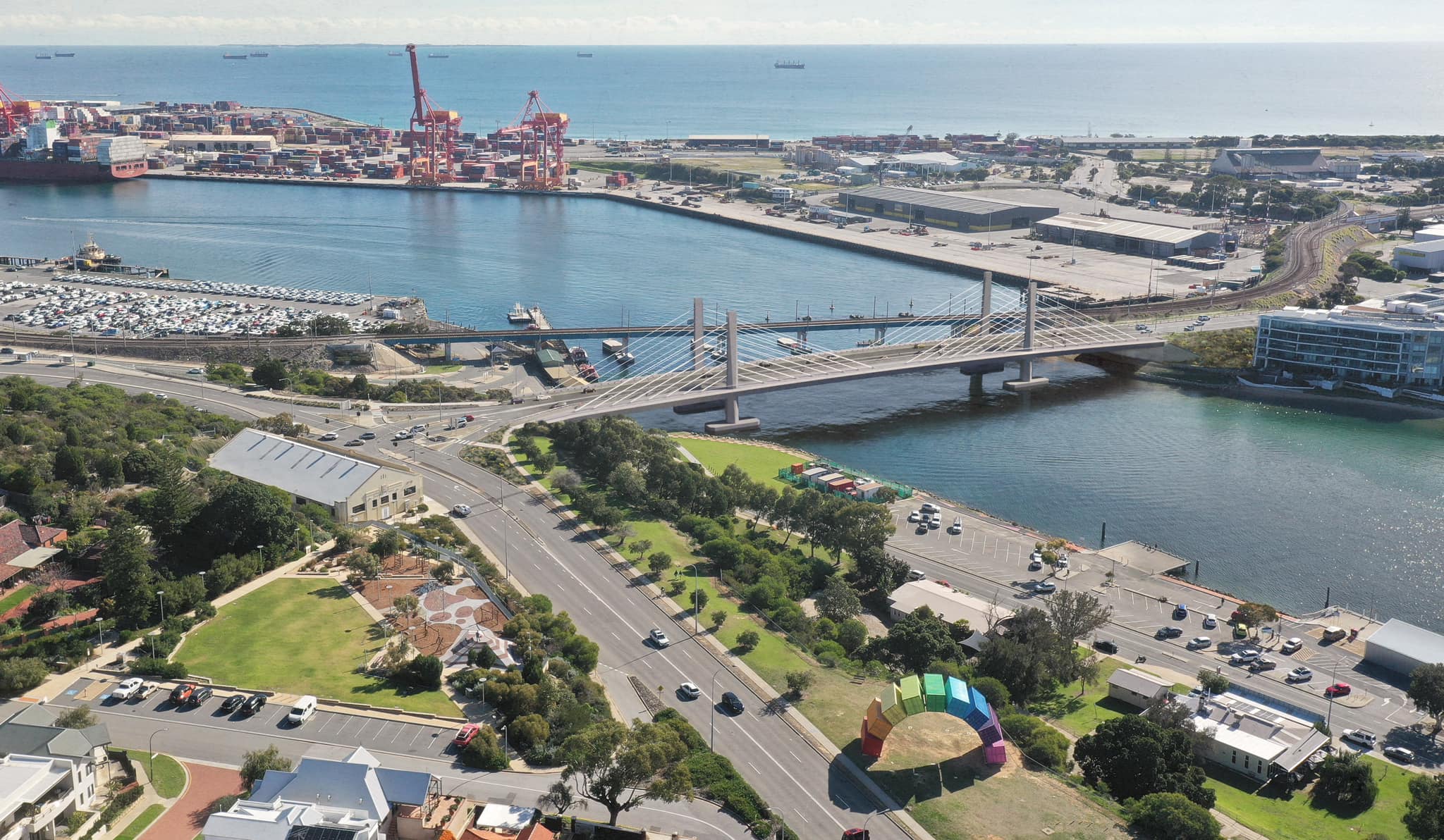
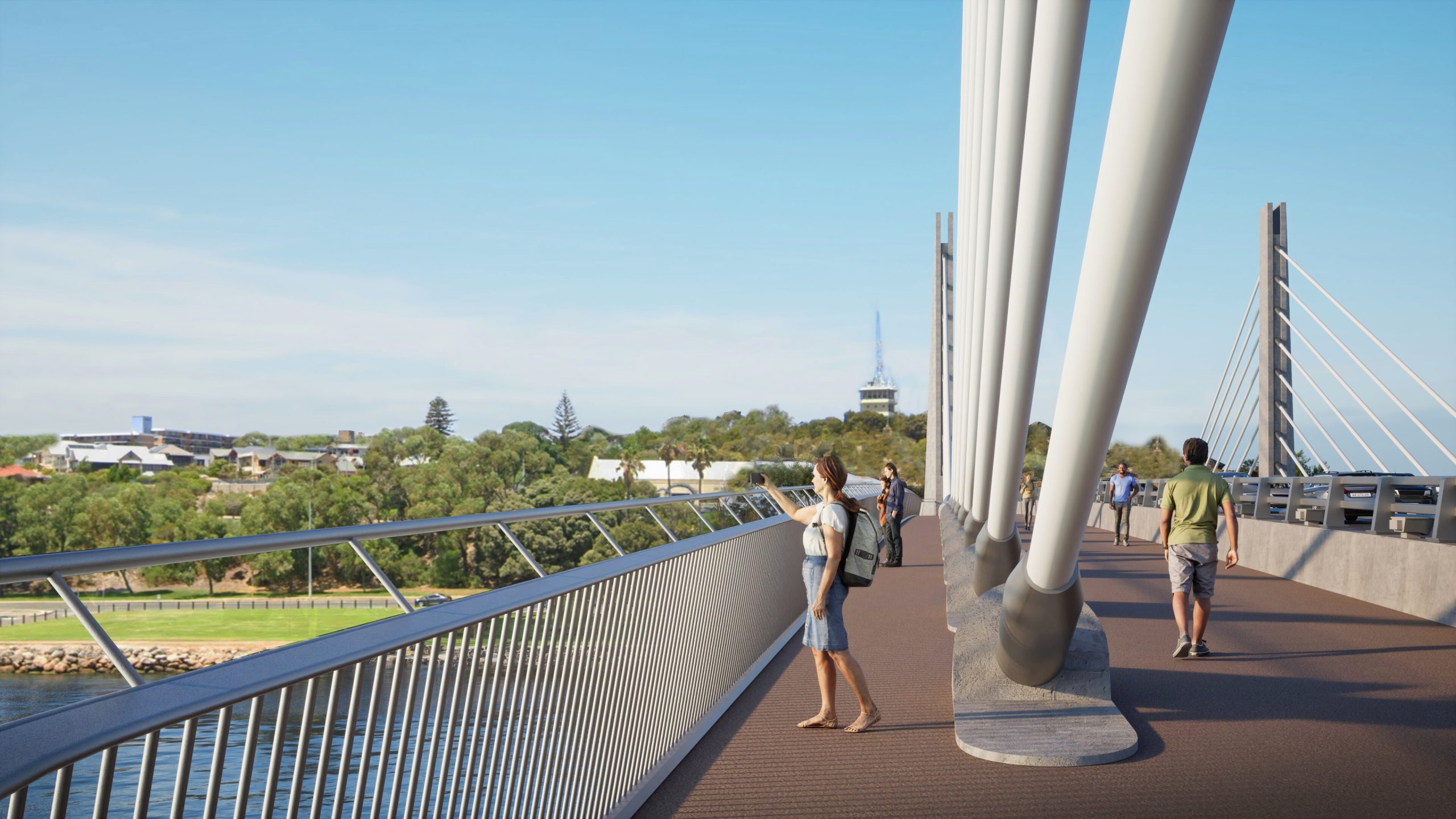
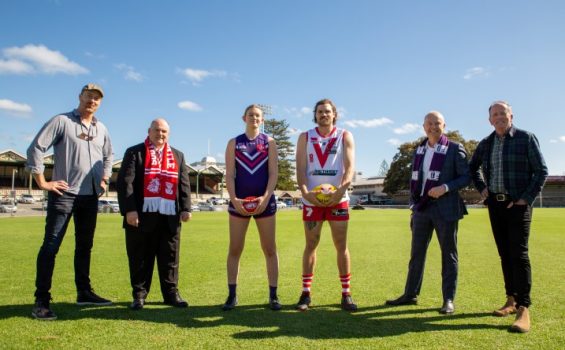
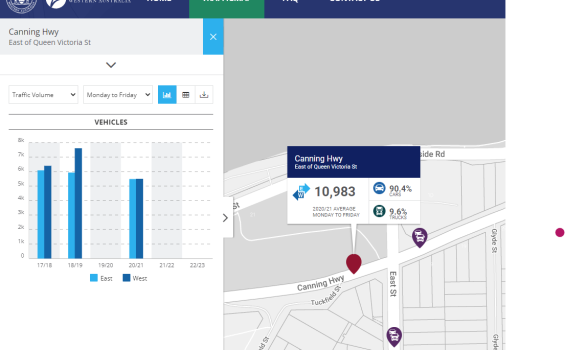
Discussion